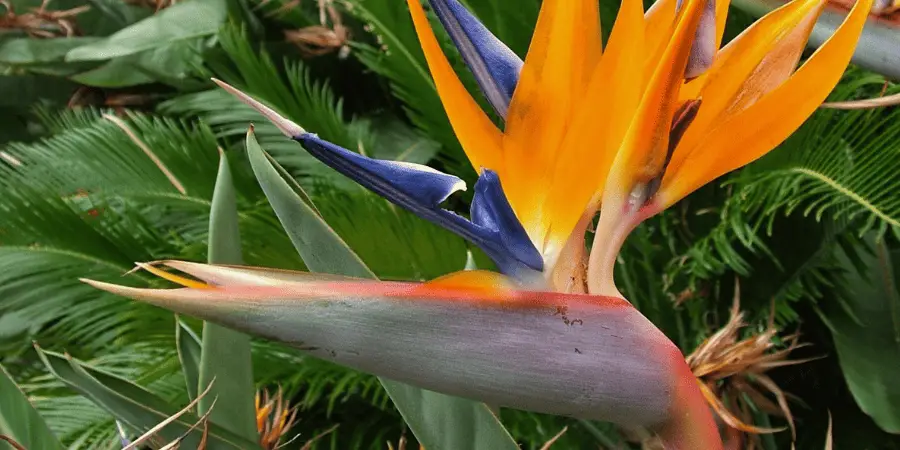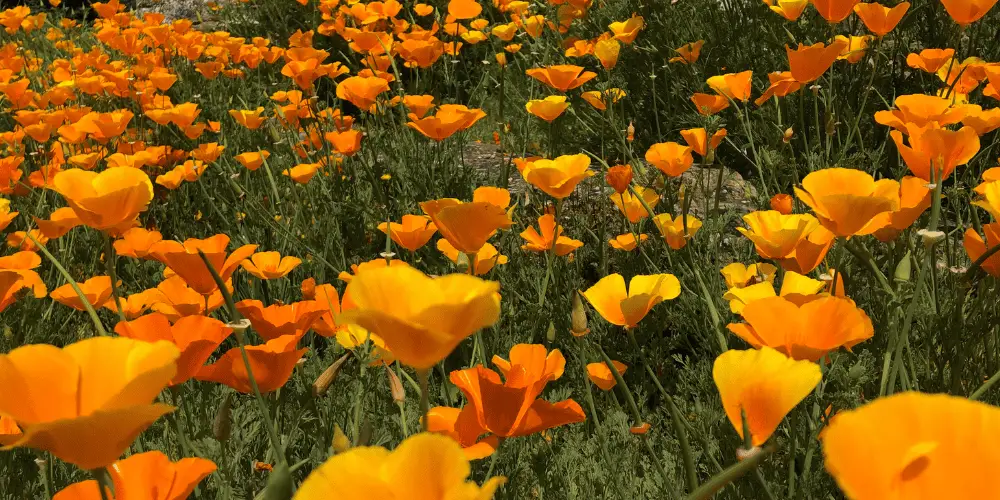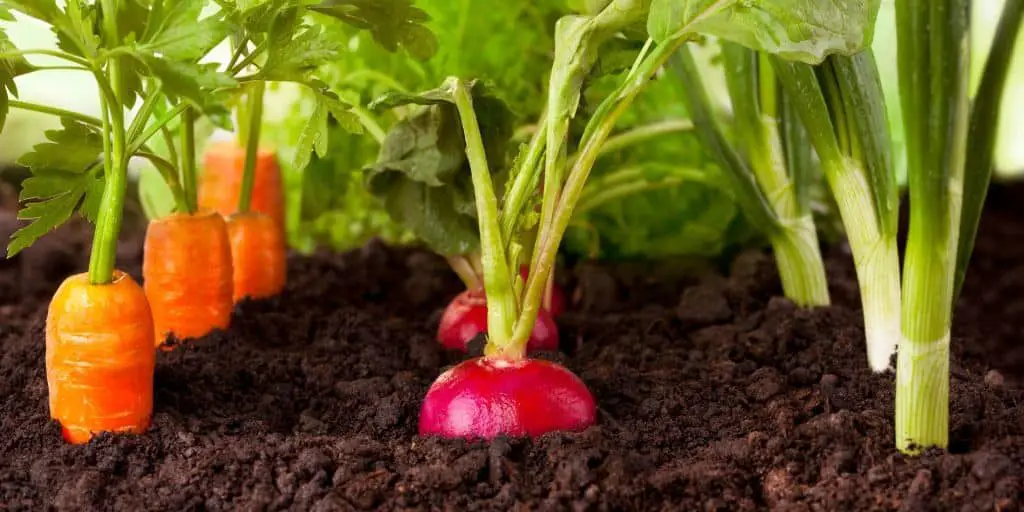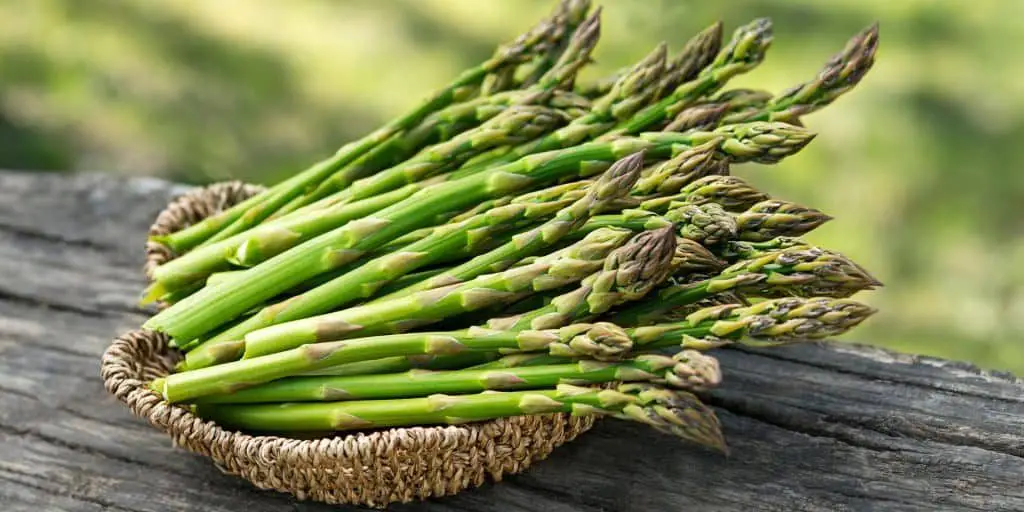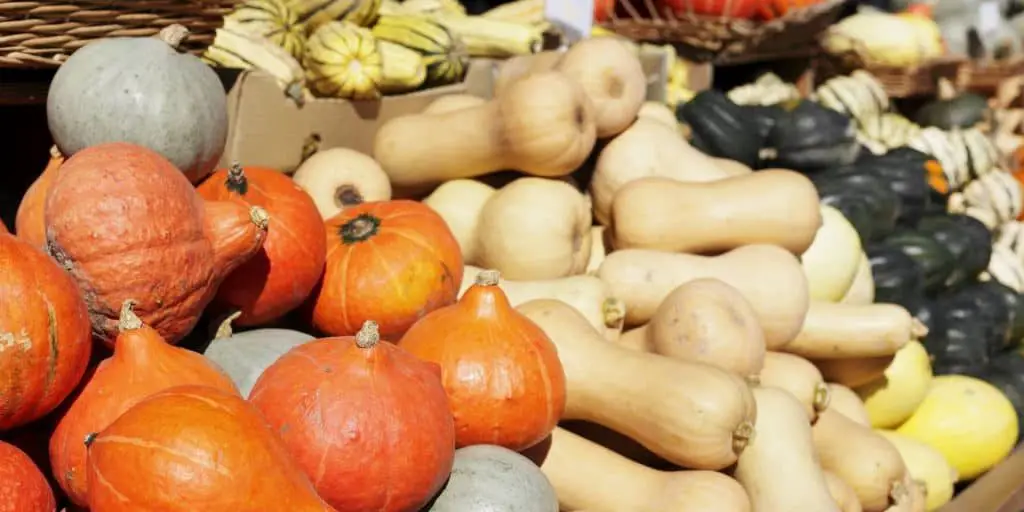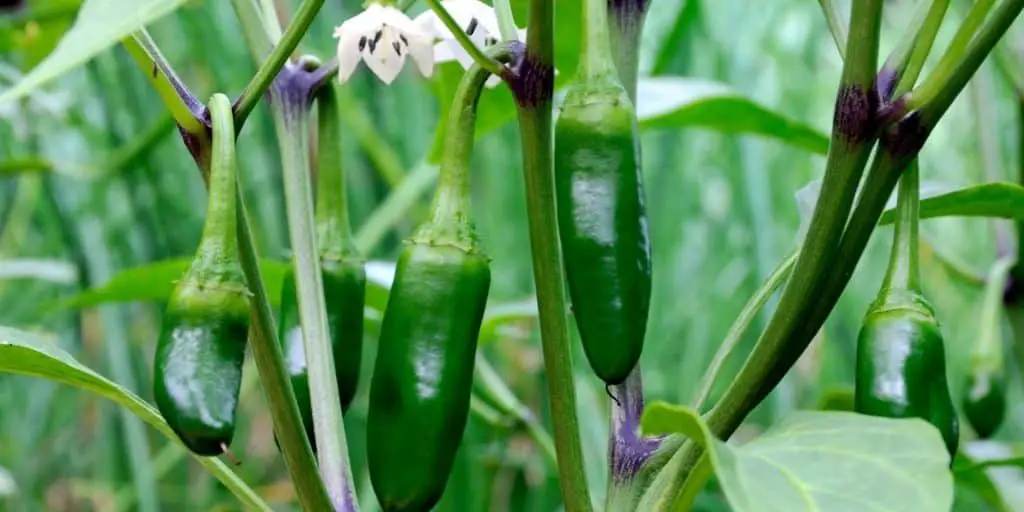
How to Grow Jalapeños
Jalapeño peppers are one of the most popular hot pepper varieties grown. These small peppers carry just enough heat to add spice to a recipe without burning those who eat it. They register 2,500–8,000 on the Scoville scale but that’s very mild compared to the hotter Habanero pepper that registers 100,000–350,000 on the Scoville scale.
Jalapeños are members of the nightshade family, which include tomatoes and eggplants. They are native to Central America and are very easy to grow in your home garden. To learn how to grow your own jalapeños at home, read on!
How To Grow Jalapeños from Seeds
Jalapeños are a warm-season crop and will only grow when the weather is warm. Don’t be in a hurry to plant the seeds too early in the spring because they will not germinate until the soil temperature reaches 65F for three consecutive days.
The peppers require a long growing season (3 months) to go from seed time to harvest time so you may want to start the seeds indoors in early spring. This is especially good to do if you live in a climate that has a very short summer. Start seeds 4 weeks before the last predicted frost date in your area.
How to grow jalapeños from seeds indoors
- Fill a shallow seed tray (or use seed pods, bio-degradable seed cups, etc) with good quality potting soil.
- Place seeds on top of potting soil 3 inches apart and gently push them down into the soil 1/4 inch deep.
- Sprinkle a little potting soil on top to ensure the seed is covered.
- Water well and place the seed tray in a location that is warm and bright.
You can use a heating mat under the tray to warm the soil and force the seeds to germinate quicker.
- Keep soil moist and the seeds will germinate in 2-3 weeks.
- Transplant seedlings to their permanent home when the plants have developed their true leaves (second set of leaves) and are 4-6 inches tall.
To grow from seeds outdoors
When planting jalapeño seeds (or seedlings) directly outdoors into garden soil or containers, wait until late spring. Select a growing location that will be in full sun. Loosen and amend the soil with compost. The compost will help feed the plants, promote good drainage, and prevent soil compaction.
Place the seeds 4 inches apart and 1/4 inch deep in the prepared soil.
Lightly cover seedlings and water well. Keep soil moist.
After the seeds have germinated, thin them out to 12 inches apart. If planting in a container, use a container that is at least 12 inches in diameter and 8 inches deep.
How Long Do Jalapeños Take to Grow?
Jalapeños won’t be ready to harvest for at least 80-90 days after planting. Once the peppers reach maturity the plant will continue to produce ripe peppers for 4-6 weeks or until the first frost of fall lands on the plant.
The plants will develop a tiny white bloom a few weeks after germination. Each bloom represents a pepper if the bloom gets pollinated. Pollinators, like bees and butterflies, typically take care of the pollination process. If you don’t see pollinators on the plants, gently shake them so the flowers will release pollen that will mix and re-enter the blooms.
Adding a 2-inch layer of organic mulch around the base of the pepper plant will help it grow.
The mulch will help the soil retain moisture, prevent weed growth, and as the mulch slowly decomposes it will add nutrients to the soil.
The jalapeños can be harvested as soon as they begin to turn a darker shade of green and become shiny. The mature peppers will be 4-6 inches long. Snip the peppers off the plant so the plant won’t be injured at harvest time.
How To Grow Hotter Jalapeños
If your jalapeños are not hot enough (or maybe not hot at all), start by looking at the amount of sun the plant is receiving. Make sure the plant is in full sun for most of the day. The more sun the better.
All jalapeños are not created equal in heat levels. Each variety has a different Scoville rating so make sure you are starting with the right variety for the desired heat level.
The TAM variety is jalapeño with no heat and plenty of flavor.
The Billy Biker jalapeño is one of the hottest varieties, registering 30,000 on the Scoville scale.
All other varieties register in between the mildest and hottest.
Stressing the plant will cause the plant to grow hotter jalapeños. Capsaicin is the ingredient in peppers that give them heat. Capsaicin is also the plant’s natural defense mechanism and when the plant is stressed it releases more capsaicin.
You can stress the plant by reducing the amount of water it receives. Reducing the amount of food you give to the plant will also stress the plant.
The older the jalapeño the hotter it will be. Older peppers will start developing white lines to show they are hot. Jalapeños left on the plant will turn yellow, then orange, and finally red as it increases in heat.
Sprinkle a little Epsom salt on the soil around the plant and water well. The magnesium and sulfur in the Epsom salt will help the plant to grow hotter peppers.
Harvest the jalapeños before watering the plants or a predicted rainfall. The water dilutes the capsaicin and reduces the heat.
If other pepper varieties are being grown close by, they may have cross-pollinated with the jalapeño and the result is a very mild pepper. Always plant different pepper varieties away from each other to prevent cross-pollination.
